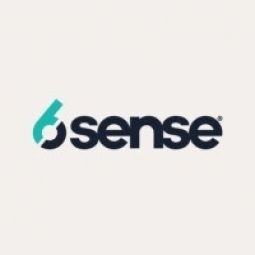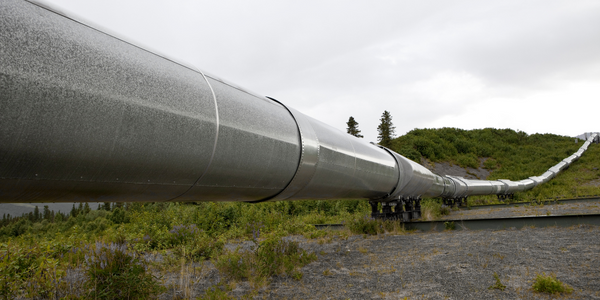Technology Category
- Functional Applications - Product Data Management Systems
- Platform as a Service (PaaS) - Application Development Platforms
Applicable Industries
- Oil & Gas
Applicable Functions
- Sales & Marketing
Use Cases
- Inventory Management
- Smart Collateral Management
About The Customer
Aprimo is an enterprise that develops and sells marketing resource management and digital asset management technology. The company has a history of 20 years and a large customer base, including big brand names. However, after being acquired in 2011 and then divesting and reemerging into the market under a different name in 2016, Aprimo had to start from scratch. Despite the challenges, the company was determined to rebuild its product, transition to a SaaS model, and reestablish its brand in the market. Aprimo's main goal was to leapfrog into market leading by executing a strategic marketing strategy and making necessary investments.
The Challenge
Aprimo, a company that develops and sells marketing resource management and digital asset management technology, faced a significant challenge after reemerging into the market in 2016. Despite having a history of 20 years and a large customer base, the company had zero brand awareness due to being hidden under a different name for five years. They were essentially operating as a startup, rebuilding their product and transitioning to a SaaS company in the cloud. Everything was new, from analyst relations to their team, their website, and the martech stack they would be using. Additionally, Aprimo was facing stiff competition from industry giants. They were struggling to strategically and surgically execute their marketing tactics due to a lack of prioritization and targeting of accounts that were actually in-market. Their account selection and pipeline acceleration strategies were based on firmographics, ICP, and their sales team's gut reactions, which were not always accurate or effective.
The Solution
Aprimo implemented 6sense, a platform that unifies revenue teams, to address their challenges. The main goals were to improve account selection and fuel pipeline acceleration. 6sense provided layers of data, including intent scoring and profile fit, which enabled Aprimo to find and prioritize tier 1 and tier 2 accounts. As a result, Aprimo was able to close several top-tier accounts after receiving high intent signals through 6sense. The company also started anticipating inbound leads early in the funnel and launching campaigns even before a form was filled out. This proactive approach, combined with the increased engagement score and quality pipeline, caught the attention of the CEO, who started using 6sense himself to identify in-market accounts and monitor Aprimo's targeting strategies. The implementation of 6sense also facilitated better collaboration between the marketing and sales teams, enabling them to work in lock-step rather than in a linear fashion.
Operational Impact
Quantitative Benefit

Case Study missing?
Start adding your own!
Register with your work email and create a new case study profile for your business.
Related Case Studies.

Case Study
Taking Oil and Gas Exploration to the Next Level
DownUnder GeoSolutions (DUG) wanted to increase computing performance by 5 to 10 times to improve seismic processing. The solution must build on current architecture software investments without sacrificing existing software and scale computing without scaling IT infrastructure costs.

Case Study
Remote Wellhead Monitoring
Each wellhead was equipped with various sensors and meters that needed to be monitored and controlled from a central HMI, often miles away from the assets in the field. Redundant solar and wind generators were installed at each wellhead to support the electrical needs of the pumpstations, temperature meters, cameras, and cellular modules. In addition to asset management and remote control capabilities, data logging for remote surveillance and alarm notifications was a key demand from the customer. Terra Ferma’s solution needed to be power efficient, reliable, and capable of supporting high-bandwidth data-feeds. They needed a multi-link cellular connection to a central server that sustained reliable and redundant monitoring and control of flow meters, temperature sensors, power supply, and event-logging; including video and image files. This open-standard network needed to interface with the existing SCADA and proprietary network management software.

Case Study
Refinery Saves Over $700,000 with Smart Wireless
One of the largest petroleum refineries in the world is equipped to refine various types of crude oil and manufacture various grades of fuel from motor gasoline to Aviation Turbine Fuel. Due to wear and tear, eight hydrogen valves in each refinery were leaking, and each cost $1800 per ton of hydrogen vented. The plant also had leakage on nearly 30 flare control hydrocarbon valves. The refinery wanted a continuous, online monitoring system that could catch leaks early, minimize hydrogen and hydrocarbon production losses, and improve safety for maintenance.










